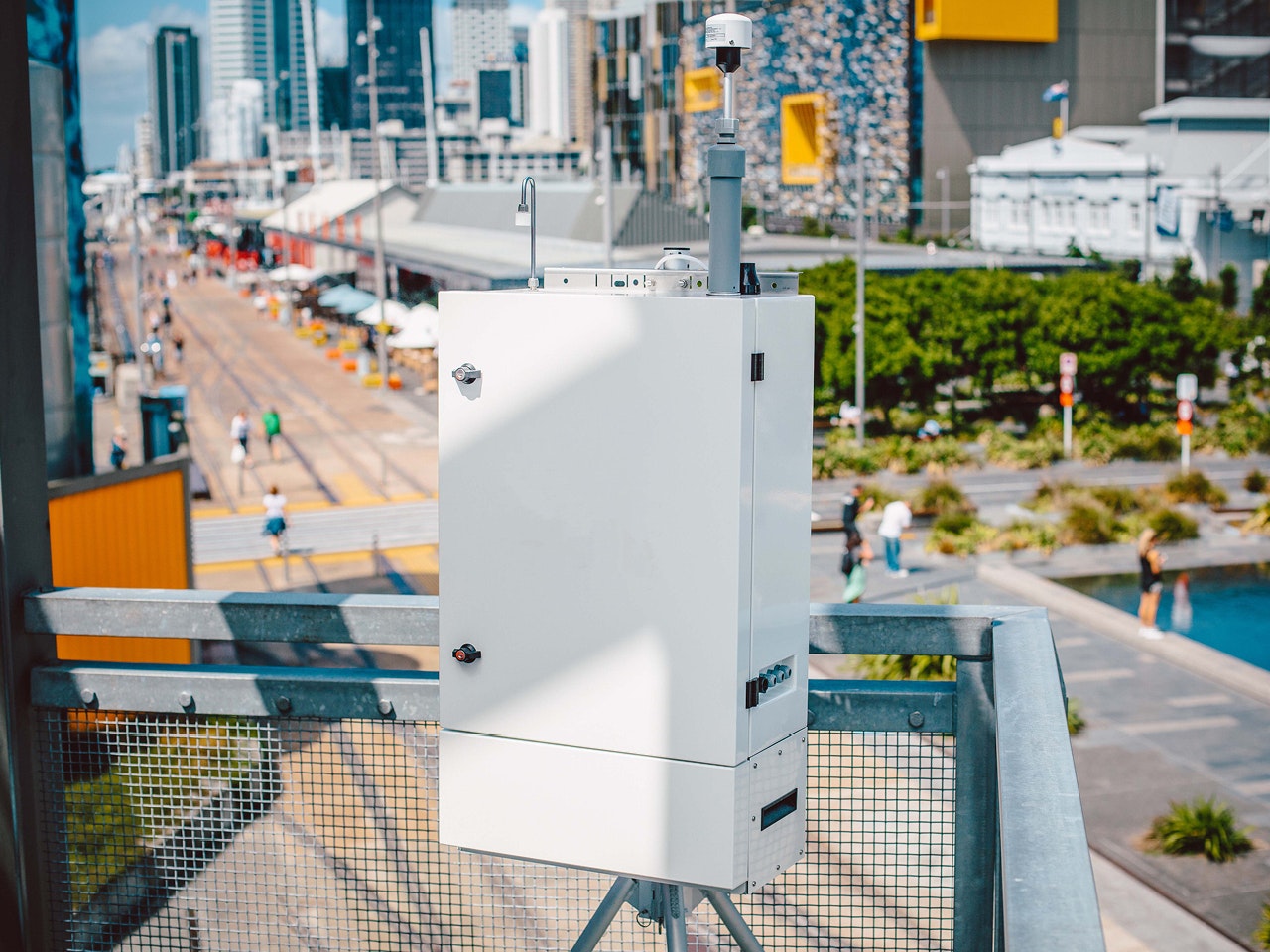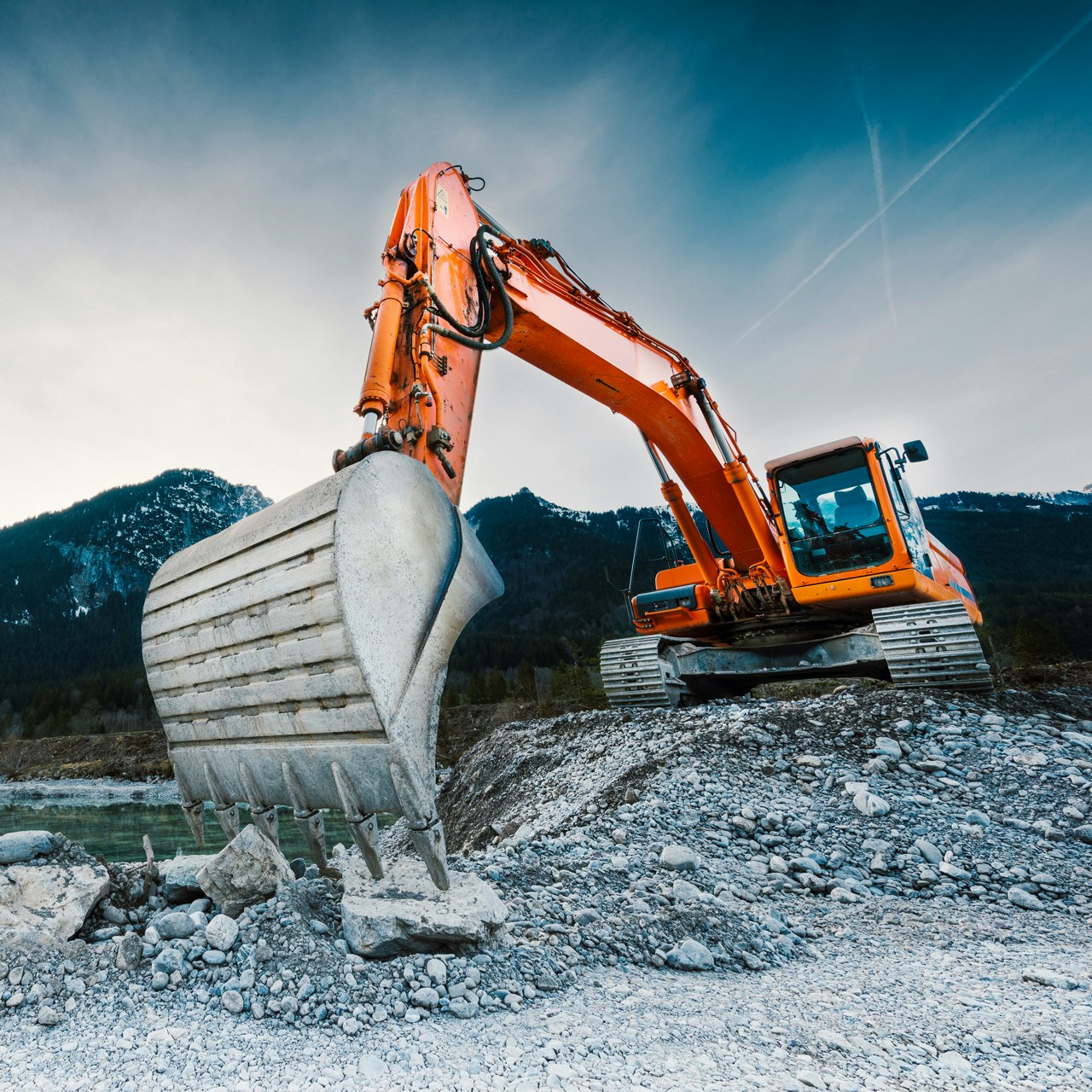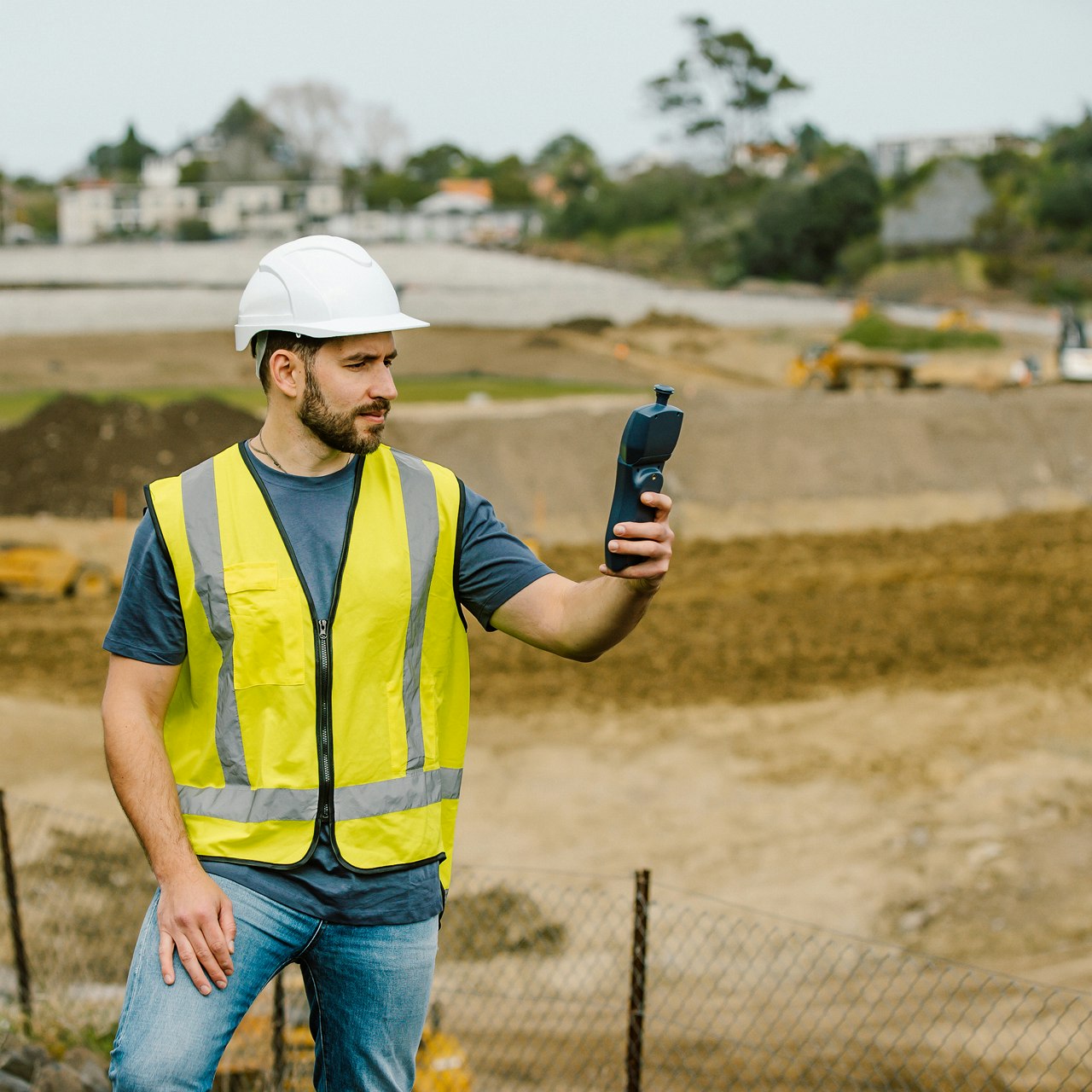Blog
CASANZ embraces next generation air monitoring
Article Details
Last Updated
14 September 2025
Published
29 October 2015
Category
Outdoor
CASANZ 2015
September 20-23 saw the 22nd International Clear Air and Environment Conference come to Melbourne, Australia. This biennial conference, also dubbed CASANZ 2015, was a collaboration of the Clean Air Society of Australia and New Zealand (CASANZ) and the Federal Australian Government. With the theme of New Frontiers, this conference and exhibition was designed to demonstrate to delegates the future of air quality and to stimulate their thinking with new ideas and technologies that can be applied across the fields of air quality and climate change.
True to its theme the conference broke new ground with a full day dedicated to Better Outcomes: “Innovative solutions to persistent and emerging air quality issues” which was facilitated by local and world recognised presenters. Also for the first time a networking session was held entitled: “The Next Generation of Air Quality Measurement” with a specific focus on new sensor technologies, applications, case studies, and data quality and validation.
Why are alternative approaches to air monitoring needed?
This question was answered in several presentations. To set the scene, statistics were presented showing how air pollution is the world’s largest single environmental health risk, causing one in every eight deaths according to the World Health Organization. At a local level, urban air pollution accounts for more deaths in Australia than the nations’ annual road toll. The economic costs of these premature deaths and the chronic and acute health effects of outdoor air pollution are up to an estimated AU$8.4 billion per annum across Australia alone. Additionally, the cost of poor indoor air quality in Australia may be as high as AU$12 billion per year. [1]
Secondly, traditional air pollution monitoring has focused on measurement using expensive, fixed stations the size of a large caravan. As a consequence of high costs and limited numbers of sampling sites, current air monitoring in many countries, including Australia, is significantly underestimating real-life exposures for large sections of the population.
In addition, most current air monitoring activities are limited geographically and not carried out in urban and regional areas where there may be poor air quality due to industrial or agricultural practices. As a result, the ability of communities and local governments to access information about air quality in their own areas is often limited.
Thirdly, changing lifestyles and rising urbanization of populations places communities at increasing risk of exposure to air pollution emissions from indoor and outdoor mobile and stationary sources. This in turn is creating new requirements for air quality research, supplementary ambient air monitoring, enhanced source compliance monitoring, and personal monitoring.
Low cost versus near-reference - Two different approaches
In response to this shift in air pollution monitoring two key presentations at CAZANZ 2015 epitomised different approaches to next generation air monitoring.
In the presentation Small is Beautiful – Low Cost Air Quality Sensors Show What They Can Do Professor Rod Jones from University of Cambridge, UK, showed how low-cost sensors can be installed as long-term static detectors around a city to detect small changes in air quality on a street-by-street basis.
The detectors operate by diffusion and are based on electrochemical sensors developed for industrial safety, where detection of toxic gases is needed at the parts-per-million level. Monitoring ambient air quality, however, requires parts-per-billion sensitivity. So the project team had to develop new smart modelling software methods capable of separating local pollution events from background signals and then to calibrate sensors across networks. The addition of a GPS aerial allows air quality data and location to be mapped simultaneously.
Professor Jones presented a series of proof-of-concept studies showing how devices were attached to bicycles, carried in cars and on buses, and installed on lampposts at critical pollutant sites. For example, fifty static devices were deployed around London Heathrow Airport for 22 months.
The power of these devices is in the network clusters which combine an unprecedented level of data with air quality modelling software to enhance the understanding of pollution dispersion. The concept operates on the premise that low precision devices in the right place are better than high precision instruments in the wrong place.
An alternative approach was presented by Dr Geoff Henshaw from Aeroqual in the presentation, Performance Criteria for Lower Cost Air Quality Monitoring Systems – How Near is Near-Reference? This segment acknowledged the surge in the application of low cost, portable and highly distributed sensor based instruments for ambient air quality measurement and tackled the question – how good is the data?
The US EPA endeavours to answer this question in the publication Air Sensor Guidebook which introduced the concept of a tiered approach to instrument performance. The European Union in the 2008/50/EC directive has defined data quality objectives (DQO) for both Reference and Indicative measurements with total expanded uncertainties of 15% and 30% respectively. Recently the European Commission Joint Research Centre (JRC) evaluated gas sensor performance against the Indicative DQO and found that few sensors could meet this DQO in field tests.
Dr Henshaw showed how Aeroqual has applied the JRC evaluation approach to the AQM 65 multi-parameter sensor-based air quality instrument. This lower cost and compact air quality station uses state-of-the art sensors with selective scrubber technologies, precise thermal management and active sampling to deliver part-per-billion sensitivity. Field calibration is performed according to US EPA reference method protocols and against traceable gas standards.
Laboratory testing and statistical analysis of co-location field data was presented which showed the data quality exceeds that of the EU Indicative DQO and suggests a new class of instrument can be defined with Near-Reference performance. This has allowed Aeroqual to propose a new test protocol and performance criteria for Near Reference air quality instruments. The objective of this is to improve the defensibility of data from such instruments for mobile, static and networked air monitoring systems. The range of applications is wide and includes supplementary monitoring, rapid deployment and special purpose monitoring, air quality studies and industrial compliance monitoring.
Accurate, affordable and easy to use
Aeroqual’s range of ambient air quality monitoring instruments was showcased in the Air-Met Scientific stand at CASANZ 2015. Delegates were able to touch and feel the Series 500 portable monitor, the Dust Sentry particle monitor and the AQM 65 air quality station. All the instruments were live and data was streaming in real-time to IPads running Aeroqual Connect and Cloud. The overall appeal of Aeroqual’s products was summed up by one visitor who liked the fact that the instruments are “accurate, affordable and easy to use.”
Aeroqual products are available in Australia through Air-Met Scientific
Real-time air monitoring made easy
Take the time and hassle out of your next project with a real-time air quality monitoring solution.












